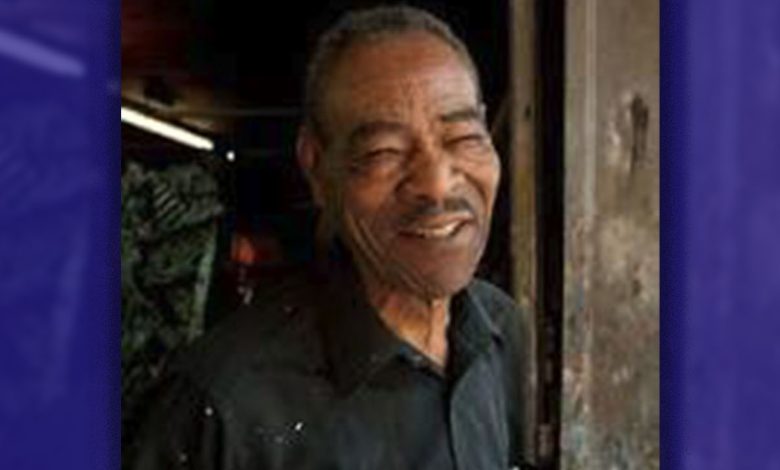Thornton Dial: A Visionary Artist Ahead of His Time

By Tamara Shiloh
Thornton Dial, a pioneering American artist, left an indelible mark on the art world with his expressive and monumental works. Born on Sept. 10, 1928, in Emelle, Alabama, Dial’s artistic journey began in the late 1980s when he gained prominence for his assemblages of found materials, executed on a grand scale. His works encompass a wide range of subjects, from human rights to natural disasters and current events, reflecting a deep engagement with history and social issues.
Growing up in poverty on a former cotton plantation, Dial was raised by his teenage mother, Mattie Bell. It was his time spent with his second cousin, Buddy Jake Dial, a farmer and sculptor, that ignited his passion for art. Dial’s early experiences of witnessing the art created from everyday objects in people’s yards during his move to Bessemer, Alabama, fascinated him and instilled in him a deep appreciation for craft and creativity.
For many years, Dial worked as a metalworker at the Pullman Standard Plant in Bessemer, Alabama, until its closure in 1981. It was after this that he dedicated himself to his art, creating works for his own pleasure and self-expression.
He encountered Lonnie Holley, an artist who introduced Dial to Atlanta collector and art historian William Arnett. Arnett played a pivotal role in bringing Dial’s work to national prominence, along with other African American vernacular artists, through his efforts as an art historian and the founder of the Souls Grown Deep Foundation.
Dial’s work gained recognition in major cultural institutions and exhibitions, including the 2000 Whitney Biennial. His art resonated with viewers, addressing American sociopolitical issues such as war, racism, bigotry, and homelessness.
Through his assemblages, Dial incorporated a wide array of found materials, creating layered and textured compositions. His use of objects like bones, rope, and scrap metal added depth and symbolism to his works, reflecting the history and struggles of the rural South.
The tiger motif became a prominent symbol in Dial’s art, representing survival and the struggle for civil rights in the United States. Over time, Dial’s work began to be acknowledged as “first-rate, powerful Art” by critics such as Karen Wilkin of The Wall Street Journal. Dial’s unique artistic vision and his ability to merge materials into captivating and meaningful compositions led to his recognition as a contemporary artist.
Dial’s work can be found in notable collections worldwide, including the Metropolitan Museum of Art, where ten of his works were acquired in 2014. He passed away in 2016, but his legacy lives on, inspiring artists and viewers alike to explore the transformative power of art.
Thornton Dial’s contributions to the art world, his commitment to expressing social issues, and his ability to create captivating compositions from found materials cement his position as a visionary artist ahead of his time.
Source: https://www.blackpast.org/african-american-history/dial-thornton-1928-2016/
https://en.wikipedia.org/wiki/Thornton_Dial
Image:
By copyright Jerry Siegel – Original publication: Garden & GunImmediate source: http://gardenandgun.com/article/thornton-dial, Fair use, https://en.wikipedia.org/w/index.php?curid=49514861





